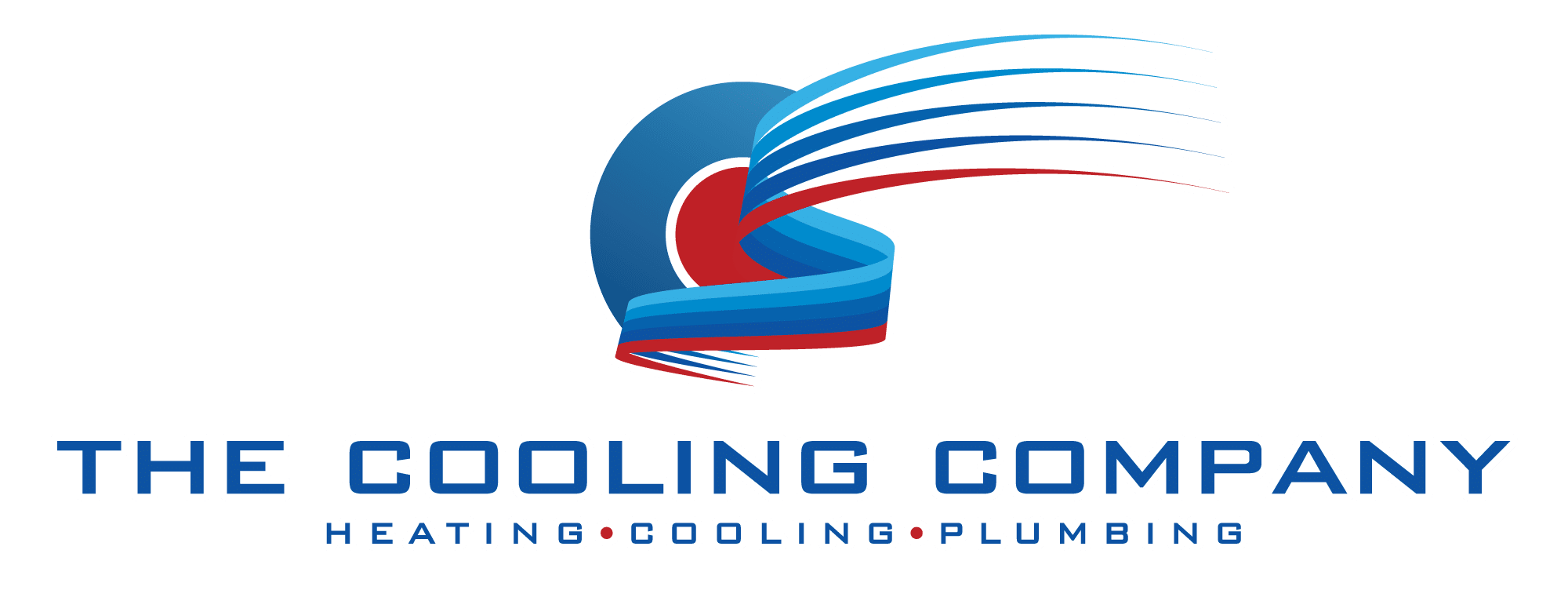Why Furnace Filters Matter for Air Quality & Efficiency
Furnace filters play a crucial role in trapping airborne particles such as dust, pollen, pet dander, and even microscopic bacteria and viruses. When filters are clean and properly rated, they prevent these particulates from circulating through your home’s air system. However, when filters are old or have too low of a MERV rating, particulates can bypass the filter and enter the air cycle, reducing indoor air quality and potentially aggravating allergies or respiratory issues.
High-efficiency filters, such as HEPA filters, can capture up to 99.97% of airborne particles as small as 0.3 microns, including bacteria and viruses. This level of filtration is especially beneficial for households with vulnerable individuals or those sensitive to allergens. Beyond health benefits, a clean filter helps your furnace operate more efficiently by ensuring proper airflow. A clogged filter forces your system to work harder, increasing energy consumption and wear and tear.
Moreover, the type of filter you choose can also impact the overall performance of your heating and cooling system. For instance, electrostatic filters use static electricity to attract and hold particles, providing a higher level of filtration without significantly restricting airflow. This can be particularly advantageous in homes with pets or in areas with high pollen counts. Additionally, some filters come with antimicrobial treatments that help inhibit the growth of mold and bacteria, further enhancing the air quality in your home. Want a broader view of why upkeep matters? See our Annual Furnace Maintenance Benefits to learn how small tasks like filter care prevent big repair bills.
Given these factors, it’s no surprise that the furnace filters market in the U.S. is growing rapidly, valued at over USD 1 billion in 2024 and expected to reach USD 1.44 billion by 2030, reflecting increasing consumer awareness of air quality needs. As more homeowners recognize the importance of maintaining clean air, they are also investing in smart home technologies that monitor air quality and filter performance. For more detailed insights on HVAC filtration, visit achrnews.com.
How Often Should You Replace a Furnace Filter?
Determining how often to replace your furnace filter depends on several factors including filter type, household environment, and usage. While some filters are designed to last three months or longer, many experts recommend checking and potentially replacing filters monthly to maintain optimal air quality and furnace performance.
Unfortunately, nearly half of homeowners either forget or don’t know how often to change their filters, which can lead to clogged filters and reduced system efficiency. For example, homes with pets, smokers, or allergy sufferers may require more frequent changes. Conversely, less frequent use or higher-grade filters may extend replacement intervals slightly.
Industry data shows that the most common filter thickness is 1 inch, accounting for nearly 45% of revenue share in 2024, and the popular filter size 20 x 20 inches holds a significant market share as well. These standard sizes make it easier for homeowners to find replacements and maintain a consistent schedule. For more information on market trends and filter sizes, see grandviewresearch.com.
In addition to the factors mentioned, the type of filter you choose can also significantly impact how often it needs to be replaced. For instance, HEPA filters, known for their superior filtration capabilities, can last up to six months but may require more frequent changes in homes with high levels of dust or allergens. On the other hand, fiberglass filters, which are less expensive and less effective, typically need to be replaced every 30 days. Understanding the specific needs of your home can help you select the right filter and establish a replacement schedule that ensures your furnace operates efficiently. Frequency ties directly into seasonal care — check our Furnace Maintenance Checklist for a DIY vs professional schedule you can follow.
Moreover, regular maintenance of your furnace system can also contribute to the longevity of your filters. For example, scheduling annual professional inspections can help identify any underlying issues that may affect air quality or furnace performance. During these inspections, technicians can provide recommendations tailored to your specific situation, including advice on the best filter types for your home and how often they should be replaced. This proactive approach not only enhances the efficiency of your heating system but also contributes to a healthier indoor environment.
Step-by-Step: How to Replace a Furnace Filter Yourself
Check filter size and type
Before purchasing a new filter, it’s important to identify the correct size and type compatible with your furnace. Most filters have dimensions printed on the frame, such as 20 x 20 inches or 16 x 25 inches. Additionally, consider the MERV rating, which indicates the filter’s efficiency at trapping particles. Higher MERV ratings offer better filtration but may restrict airflow if your system isn’t designed for them. For instance, a filter with a MERV rating of 8 is suitable for capturing larger particles like dust and pollen, while a rating of 13 can trap smaller particles, including smoke and pet dander, making it ideal for allergy sufferers.
Choosing the right filter ensures your furnace runs smoothly and your air stays clean. If unsure, consult your furnace manual or a professional for guidance. It’s also worth noting that filters come in various types, including HEPA filters, which are highly effective for those with severe allergies or respiratory issues. Understanding the specific needs of your household can help you make a more informed decision.
Remove old filter safely
Turn off your furnace before beginning the replacement process to avoid dust circulation or injury. Locate the filter compartment, usually near the air return vent or blower unit. Slide out the old filter carefully to avoid dislodging trapped dust and debris. Dispose of the used filter in a sealed bag to prevent allergens from spreading. It’s a good practice to wear a mask during this process, especially if you have allergies or respiratory conditions, as the dust can become airborne.
Inspect the compartment for dust buildup and clean it gently if needed before installing the new filter. Use a soft cloth or a vacuum with a brush attachment to remove any accumulated dust. This step not only helps maintain the efficiency of your furnace but also improves the overall air quality in your home. Regular cleaning of the compartment can prevent the growth of mold and mildew, which can thrive in the damp environment of your HVAC system.
Install new filter correctly
Insert the new filter with the airflow arrows pointing in the correct direction, typically toward the furnace blower. A misaligned filter can reduce efficiency and allow unfiltered air to circulate. Ensure the filter fits snugly without gaps around the edges. It’s also beneficial to double-check the manufacturer’s specifications to confirm that the new filter matches the required dimensions and type for your furnace model.
Once installed, close the compartment securely and turn your furnace back on. Mark your calendar or set a reminder for the next replacement to maintain a regular schedule. Keeping track of your filter changes is crucial, as a clogged filter can lead to increased energy bills and strain on your heating system. Additionally, consider investing in a smart home system that can alert you when it’s time to change a filter, ensuring your home remains comfortable and your furnace operates efficiently year-round. If you’re curious about the full scope of what a professional covers beyond filters, see our Furnace Tune-Up Guide.
DIY Furnace Filter Replacement Tips
Replacing your furnace filter yourself is straightforward but keeping a few tips in mind can make the process even easier. First, always keep spare filters on hand to avoid delays when it’s time to replace. Buying in bulk can also save money over time. Additionally, consider storing your filters in a cool, dry place to prevent any damage or degradation before use, ensuring they perform optimally when installed.
Label your filters with the installation date to track when they need changing. If you notice increased dust, odors, or reduced airflow before your scheduled replacement, check your filter sooner. Regularly inspecting your furnace and filter can help catch issues early and maintain air quality. It’s also beneficial to create a seasonal maintenance schedule, aligning filter checks with other home maintenance tasks like changing smoke detector batteries or cleaning gutters, ensuring that your furnace remains in top shape year-round.
Using a filter with an appropriate MERV rating balances filtration with airflow. Filters that are too restrictive can strain your system, while those with too low a rating may not adequately clean the air. For expert advice on selecting the right filter, visit achrnews.com. Furthermore, consider the specific needs of your household; for instance, if you have pets or allergies, you may want to opt for higher-rated filters that capture more allergens and pet dander, contributing to a healthier indoor environment. Filters are only part of the picture — don’t miss our Furnace Filter Tips to keep dust and debris from cutting into efficiency.
Another important aspect to consider is the type of filter you are using. There are various options available, including HEPA filters, electrostatic filters, and washable filters, each with its own set of benefits and drawbacks. HEPA filters are particularly effective at trapping small particles, making them ideal for allergy sufferers, while washable filters can be more environmentally friendly and cost-effective in the long run. Understanding the differences can help you make an informed choice that best suits your home’s needs and your budget.
When to Call for Professional Furnace Filter Service in Las Vegas
While many homeowners can handle filter replacement themselves, there are times when professional service is advisable. If your furnace shows signs of malfunction such as unusual noises, inconsistent heating, or frequent cycling, a technician can inspect the entire system including the filter housing.
In regions like Las Vegas, where dust and allergens can be prevalent, professional maintenance ensures your furnace filter and HVAC system are optimized for local conditions. Professionals can also recommend higher-grade filters or air purification systems if needed for improved indoor air quality.
Scheduling annual furnace tune-ups with a licensed technician helps prevent costly repairs and ensures your system runs efficiently year-round. For residents seeking expert furnace services, local professionals can provide tailored advice and support.
Keep Your Furnace Running Cleaner and Safer Year-Round
Regular furnace filter replacement is a simple yet impactful way to maintain cleaner, safer air in your home. By adhering to a consistent replacement schedule, selecting the right filter size and type, and knowing when to seek professional help, you can protect your family’s health and extend the life of your heating system.
The furnace filters market continues to grow, reflecting increased consumer focus on indoor air quality. With projections reaching nearly USD 9.5 billion by 2030, investing in quality filters and maintenance is more important than ever. For a comprehensive guide on furnace filters and air quality, visit eheatcool.com.
Ultimately, clean furnace filters contribute not only to better air but also to energy savings and furnace longevity. Make filter replacement a priority this season and breathe easier knowing your home’s air is fresh and safe.
Ensure Your Furnace’s Peak Performance with The Cooling Company
Don’t let a dirty filter compromise your home’s air quality and furnace efficiency. The Cooling Company is here to assist you in keeping your furnace running at its best. Our certified technicians in Las Vegas are ready to provide you with professional HVAC services, from routine maintenance to emergency repairs. Schedule a Service today and experience the peace of mind that comes with a properly maintained heating system.



